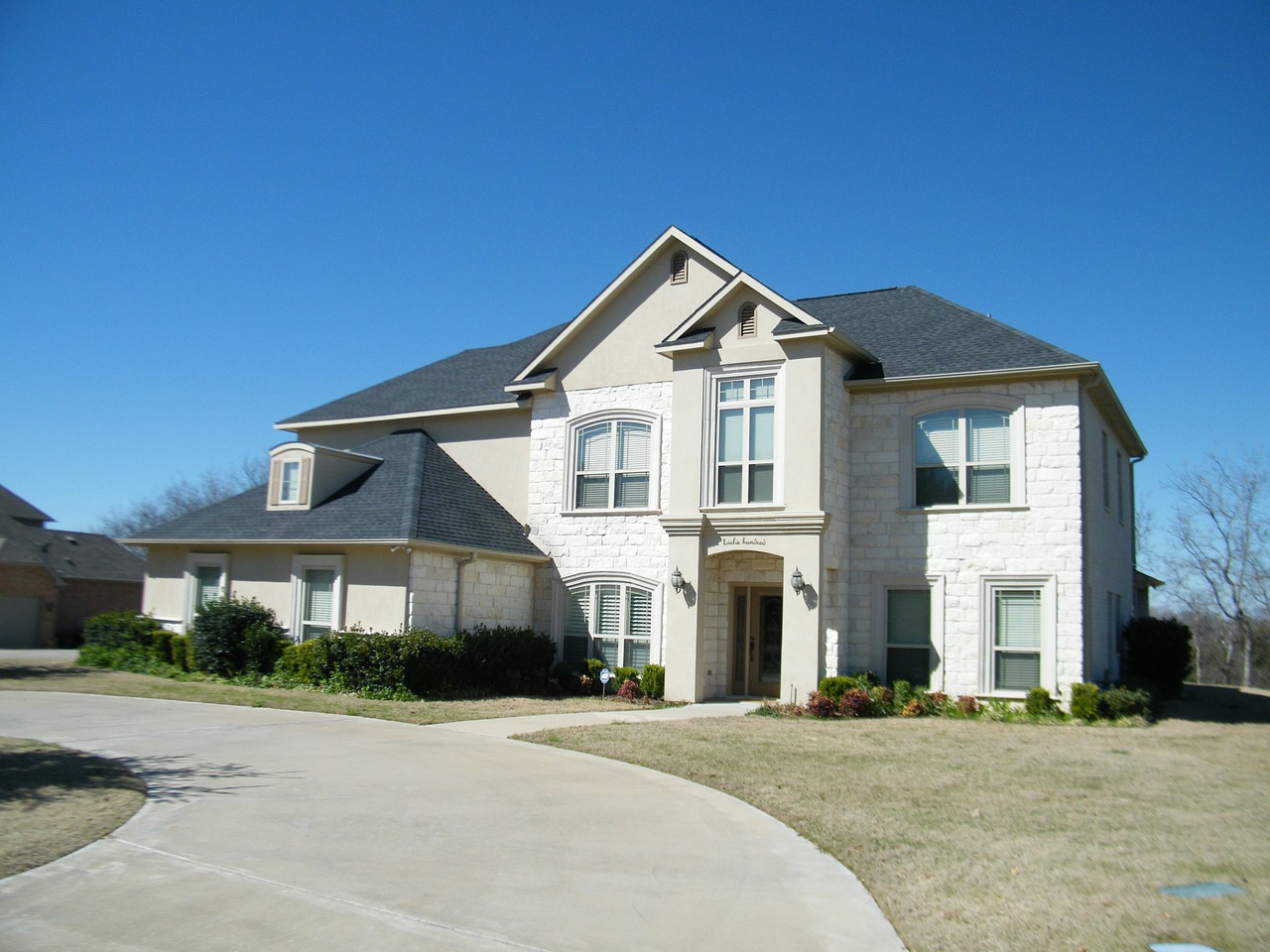
In an article by Christine Romero on Realtor.com, she writes:
"As baby boomers look to downsize out of the suburban McMansions, a generational showdown is looming: Millennials might be coming into their own as the nation's biggest group of first-time home buyers, but they aren't exactly lining up with bids in hand for those large, expensive homes in the sleepier suburbs. Instead they're looking for a different kind of home -- the same ones, in fact, that the empty-nesters are looking to buy. It's a battle of the millennials vs. baby boomers playing out in the nation's suburban housing markets."
It's quite a dilemma. The problem is, unless they've already gotten the home-selling process out of the way, owners of large homes on large lots in suburban America may have missed the boat. That's because while it's definitely a seller's market in many areas, the number of buyers interested in buying large properties is dwindling. Like millennials, buyers in the demographic group called Generation X (generally between the ages of 35 and 53) are also uninterested in large suburban homes. Even if they wanted to move there to raise their families, this generation of buyers, who weathered the Great Recession in 2008, often doesn't have the money to buy or maintain these sprawling properties.
Boomers see homes as nest egg.
In a seller's market, prices are generally high and homes sell quickly. But because buyers are less interested than ever in large properties, and because baby boomers aren't willing to lower the price of their properties to entice those buyers who are interested )lower prices for their home means their "nest egg" is negatively affected, they end up staying put. It's called "staying put," or "aging in place" or "being stuck."
It seems every few days, another article is published bemoaning the difficulties boomers will have as they start thinking about downsizing. CNBC, for example, published an article entitled, "Boomers worry they can't sell those big suburban homes when the time comes," describing how Jeff and Janet Swaney want to hang onto the house so their grandchildren can enjoy the pool, yard and basement. Three main points of the this particular article: "Bigger homes take longer to sell because the pool of buyers is smaller," and "Overimproved homes could be the toughest to unload," and "The trend may leave some older homeowners in a lurch if they want to retire, downsize and cash in on their nest egg."
The problem is that what's driving the housing market right now are millennials and first-time buyers who want so-called starter homes and efficient layouts. Large homes just aren't selling very quickly.
So what's a baby boomer to do?
If they're not willing to reduce the price to generate interest, then they may find it necessary to shift to an "age in place" mentality. If money is no object, this generally works fine for many years. If they have children and young grandchildren, their home will be the center of holiday celebrations, a place where people gather and fill the guest rooms to enjoy the festivities. And if they're lucky, they can rely on their children to visit frequently and help them as they get older and start needing more care.
But if they don't have children or their kids' visits are few and far between, or if they're afraid of running out of money (even if the place is paid off, there are landscapers, security system installers, roofers, and HVAC repairmen to pay -- and don't forget about taxes), then they can consider making part of their home available for rental. Professional home re-designers will create a separate entry to, say, a basement, which they can rent to family or friends of their neighbors, or to executives who need a place to stay six days a month, or to college students who are home for the summer whose own family home cannot accommodate them. Professional re-design specialists (some of whom are Certified Aging in Place Specialists, or CAPS, a designation of the National Association of Home Builders) can also help them install elevators if their master is not on the main floor, make the place safer for them as they get older by installing handrails in bathrooms, and otherwise ensure that they remain safe as they age in place.
